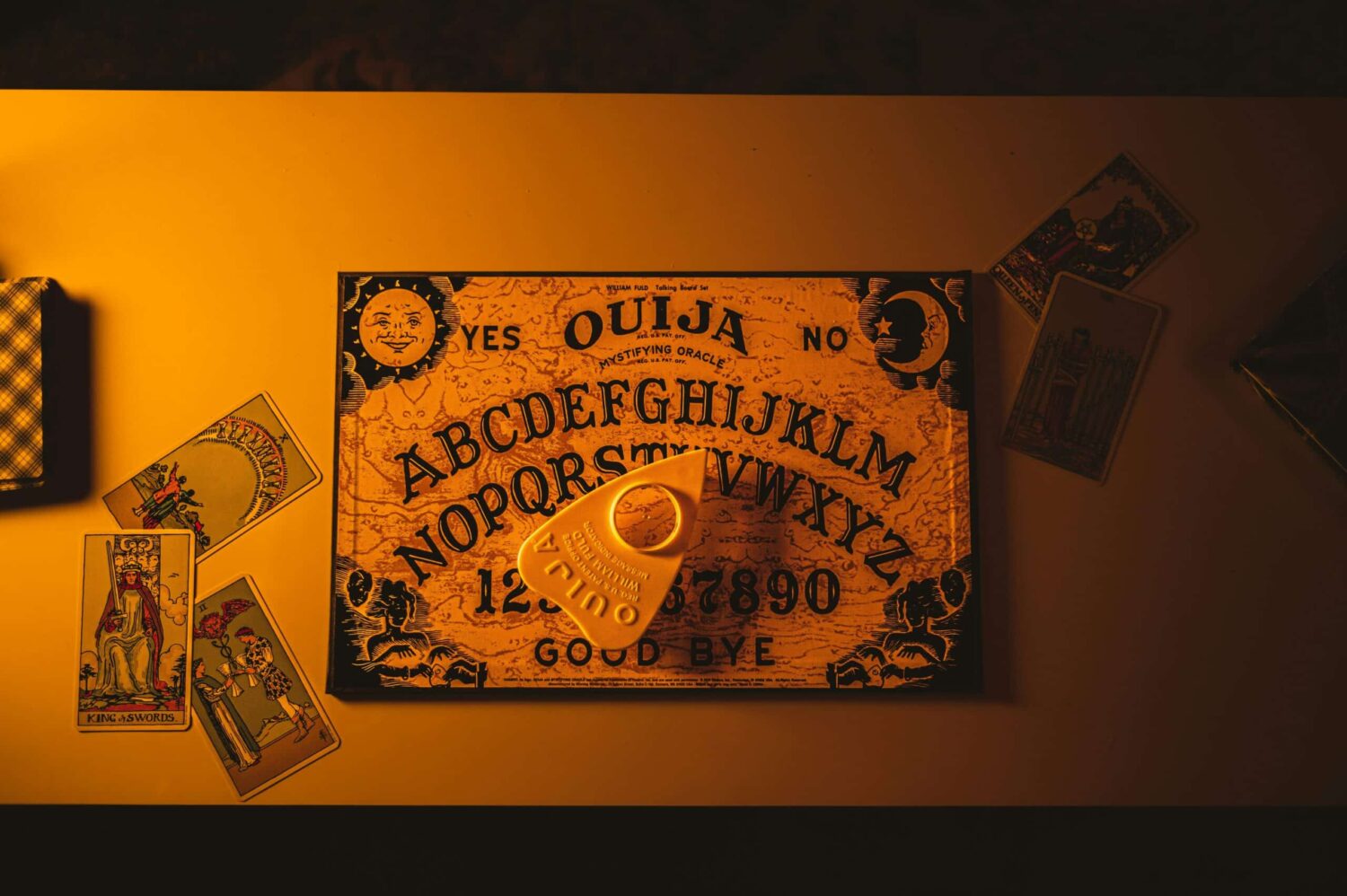AI has introduced variations of chatbots known as griefbots, deathbots or ghostbots
Around 450 BCE, Herodotus, the Greek anthropologist/historian, described in his travellers’ compendium to the then known ancient world (which stretched from Libya to India) the many eschatological rituals and beliefs assumed by the people in relation to death.
The Egyptian practice of mummifying their pharaohs is well remembered as is the practice of the conquering Achaemenid King Cambyses II of desecrating their royal tombs by removing the corpses and castigating them with whips, canes and the removal of body parts before attempting to prevent any possible resurrection by cremation. This did not go down too well with the Egyptian populace who believed that fire was a God.
Tribal veneration for the dead and the expectation for an after-life in a variety of guises was ubiquitous in those times. In Ethiopia, where longevity was common, the custom was to dry the cadavers of the elite in the sun before applying gypsum and paint by artists to provide a close resemblance to the living person. This was then placed in a cylinder made of clear crystal which was worshipped in the family home for one year. Afterwards, it was placed in a public compound at the edge of town; there to await resurrection.
These practices of two and one-half millennia ago were repeated globally in various unconnected forms until organized religions such as those of Christ and Islam codified attitudes towards death and the destiny of the departed soul.
In the East, this tended to be more pragmatic, with a belief in reincarnation, while in the West, resurrection of the body dominated. The latter gave rise to a Pandora’s box of ghostly myths being opened within a vast repertoire of national legends.
Scrooge’s encounters with the three ghosts of Christmas sent for his redemption by his dead partner Marley; Shakespearean drama and Coward’s play “Blithe Spirit” are examples of how the theatre, cinema and literature have epitomised British beliefs in apparitions, goblins and witches on broomsticks. Seances, Ouija boards, voodoo and psychodrama have inspired an immense number of Hollywood movies to enthrall the credulous.
All of these contribute to the modern adaptation of the eighth century Christian observance of All Hallows’ Eve on October 31, as preceding the celebration on November 1 of the lives of all those saints “who from their labours rest”. This we now call Halloween with all its commercialized trappings of “trick or treat”.
Artificial Intelligence emulated and perhaps surpassed the spirits of the 21st century by introducing variations of chatbots known as griefbots, deathbots or ghostbots, which are designed to outclass the oracles of yesteryear and provide, for believers, direct access to the paranormal.
For as little as €100 startup, entrepreneurs will create for you a “starter bot” by training its personality on a feed of digital footprints (emails, texts and other correspondence) of a selected person so that the collated data will produce a biographic interpretation.
Go one step further by adding photographs, diaries, videos and recordings made by the deceased and the AI clones will soon provide you with voiced recollections, opinions and predictions. The more detailed the data, the more your bot will take on the deceased’s personality and the less easy will it be to spot the deep fake.
With best wishes for a saintly Hallowe’en,
Roberto Cavaleiro Fantasmagórico
|| features@portugalresident.com
Roberto Cavaleiro has been resident in Portugal since 1989 and possesses dual Portuguese/British nationality. Now in his 10th decade, he devotes much of his senility to the composition of essays, poems and commentaries on a diversity of Portuguese subjects.
























